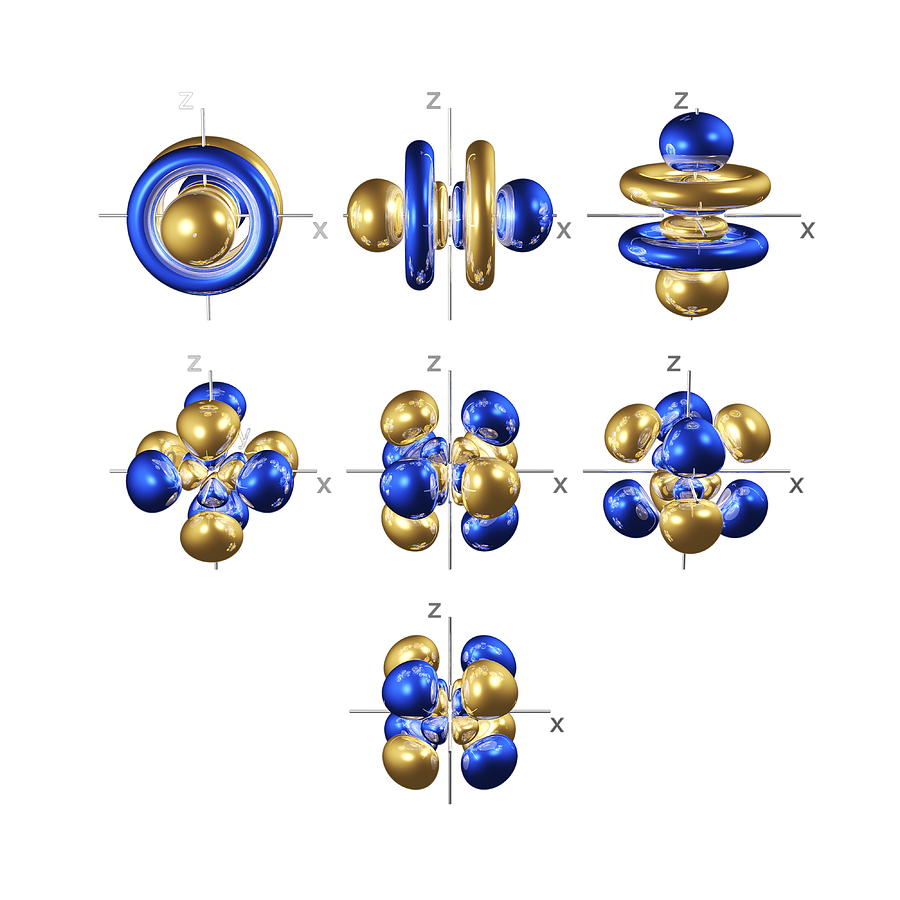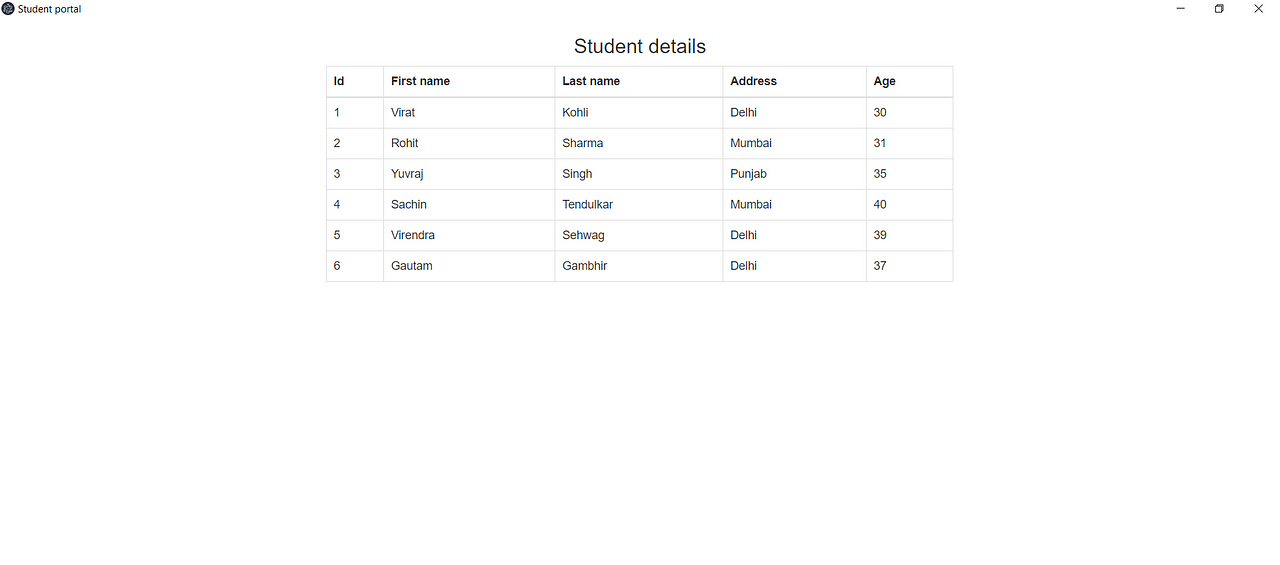

- #Electron api on close how to#
- #Electron api on close install#
- #Electron api on close full#
- #Electron api on close code#
- #Electron api on close windows#
#Electron api on close code#
See also the latest Fossies "Diffs" side-by-side code changes report for "api-browser-window-spec.ts": 18.3.4_vs_18.3.5.ġ import ).to.
#Electron api on close how to#

To automate opening a specific file or folder in our tests we had to add a new handler for that specific event, but IPC channels cannot be overwritten and they can have only one listener.
#Electron api on close windows#
The way we’re opening file selection windows is using dialog.showSaveDialogSync from the Electron framework and Playwright is not able to click on that window since it is native and not created within the Electron app environment. It was difficult to find any documentation on how to do this in a straightforward way. My time using Playwright was really nice until we had to automate a file selection flow, which seems very simple: open a file or a folder from the computer. Mocking/Handing OS file selections or different actions between IPCRenderer IPCMain with a dot at the end, which would create a react app in the.

Fire up a terminal and run npx create-react-app.
#Electron api on close install#
Npm install –save-dev playwright playwright-core xvfb-maybe asar Let’s dive into the actual tests Install dependenciesįirst, we need to install some dependencies: Although more time-consuming, launching an application in this way is preferable to running it from source code, since this more closely mimics the end-user experience. Assertions are added to make sure the expected results happen in the UI - for example, the opening of a panel or changing a label. Playwright works similarly to other testing frameworks (Selenium, Cypress) it launches the actual application and mimics the actions a user would do, clicking on elements, writing things in text inputs, going through different flows. We decided to use Playwright - as it is both open-source and seems to have Electron support baked in. There are multiple testing frameworks out there but very few which are able to run on multiple OS’s and test Electron applications such as Monokle. Monokle is built using Electron which is used to build desktop applications across multiple platforms using a web framework like react.
#Electron api on close full#
The video player itself has a close button, so in full screen mode I want the player window to be shown on top, which means the user should first close the video player and only then can access. I have an electron app and there is an option to play video content. better late than never and so our story with Electron and integration tests begins. How to show/hide electron titlebar (close, maximise and minimize) Ask Question. Now we’re in a position where we need to make sure that core functionality is not unintentionally affected as new features get added, so having a baseline integration test that runs with our nightly builds makes total sense.īut hey. In this regard Monokle is not that different from other projects or teams, we needed to hit the ground running and just build something, see where it goes and focus on tests later on. However, as projects grow and get more users more emphasis is placed on testing, in particular, automated testing which can be reused and can be done as part of development tasks. When projects and teams are just starting out, testing is usually not the main focus.


 0 kommentar(er)
0 kommentar(er)
